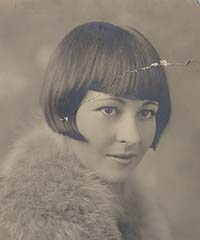 |
||||||||||
|
||||||||||
The following scenes were supplied by George William Hemenway.
The farm was 160 acres of prairie. Sod had to be broken and a small two room lean-to was built of boards. Jonathan Walter Filer and his wife Eunice, along with his son Amos and family of three children, Maybell, Fred and Josephine, moved from Chicago at the same time to Kansas, the two farms adjoining. Seems to me I heard tell of how Uncle Amos and my Dad helped build the Rock Valley schoolhouse.
Deserted Sod House Uncle Amos bought a couple of Indian ponies, Kit and Peafed, and some cows. My folks bought a team. One of them, Prince, was a swayback horse, and there was Nellie, a mare. We later had a cow pony named Little Jim. He was the fastest cattle pony in the area for several years. On him I could out run them all on the prairie.
Pa had sleighs for hauling and for traveling. Uncle Amos had a fancy sleigh with curved up runners. He was quite ingenious about getting things up and running, a natural mechanic. And he had a shop with bellows, forge, anvil, crucible and tools. Wallie made a breech-loading rifle, casting the posts in Uncle Amos’ sand casting box. I would help him sometimes.
We played and hunted with pistols and guns from the time we were big enough to carry them. I shot a prairie chicken that undertook to get away by running along without flying. I shot without getting the gun to my shoulder. It was too heavy, I couldn’t. Ma was surprised when I brought a chicken in. She knew I couldn’t lift the gun to my shoulder. She probably didn’t even know I was out with Dad’s musket hunting. Prairie chickens were plentiful and we had about all we wanted to eat of them. Cottontail rabbits were our important winter food item. They were fat and tender in winter. Sometimes the grass would be heavy enough and strong enough to hold up the snow and there would be air pockets in the grass under the snow where rabbits would hide. One time coming home across the fields from school, I saw a rabbit disappear in the snow. I found where he went in and I pulled out five nice fat rabbits and took them home to eat. Sometimes when messing around in those holes you got mixed up with a skunk. It wasn’t unusual for a kid to come into the schoolroom smelling of skunk. I was one of them. Wallie and I (mostly Wallie) used to trap skunks. We would skin them and sell the pelts for about 30 cents each. We would roll up some pelts, tie them to saddlehorns and take them to town to sell. When the dealer unrolled them, he said he would pay more if the hides were not shot full of holes. So we would make the rounds in the morning to shoot skunks in traps. Then he told us to hit them on the head with a stick. When we went back into the store everybody else went out. That was the last winter before we came to California. All boys learned to work on Kansas farms. I could race a saddle pony and cut cattle, but I never learned to throw a lasso. I knew how to tie knots, harness and hitch a team and drive one. I mowed and raked hay, plowed (walking and sulky), ran a ‘go-devil’, and loaded hay. I could do about anything to be done on a Kansas farm at 13 years of age when we left for California. – from the autobiographical sketches of Fred Hemenway
Kansas Homestead Pioneering on the prairie was a difficult life. No doubt even more so for a woman accustomed to life in Chicago. Although a hard working woman, Anna Hemenway decided eventually it was too much for her. She couldn’t go on and simply stopped working and went to bed. The family thereafter moved to California.
The Evening News June
21, 1887
Emporia, Kansas DIED J. Walter Filer, at his home in Elmendaro, June
17, 1887, aged 77 years and 9 months. He was born in Oswego, New York,
in 1809, and on January 14, 1834, was united in marriage to Eunice G.
Woodworth. In the fall of 1838 he moved to what is now called Lombard,
Illinois, where he was at that early day, active in the cause of
temperance. He was also known as
a “Black Abolitionist,” with all the name implies, but “Blessed are
they which are persecuted for righteousness sake, for theirs is the
kingdom of heaven.” In May, 1877, he moved to Kansas. He leaves
a wife and two children to mourn the loss of a kind husband and father,
Amos W. Filer and Anna P. Hemenway, both of Elmendaro, Lyon county,
Kansas. The funeral sermon was preached by Rev. Rhodes, from the words,
“But is now made manifest by the appearing of our Savior, Jesus Christ,
who hath brought life and immortality to light through the Gospel." The Grave of J. Walter and Eunice Filerin the Fairview Cemetery, Elmendaro, KansasAmos Filer family
Kansas Oil
Rock Valley Elementary school near Madison,
Kansas
"Leave this place and go out to the land I promised, the land flowing with milk and honey." Exodus |
||||||||||
 |
||||||||||
|
|
||||||||||

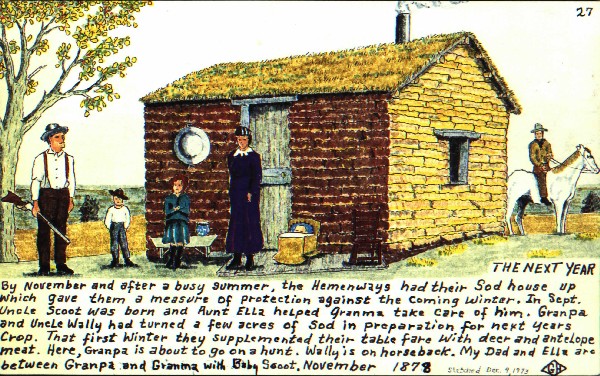


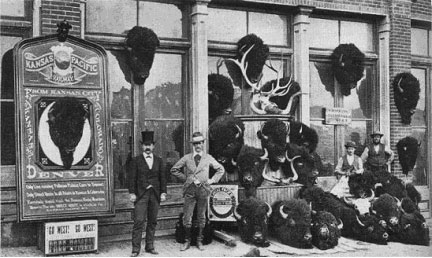
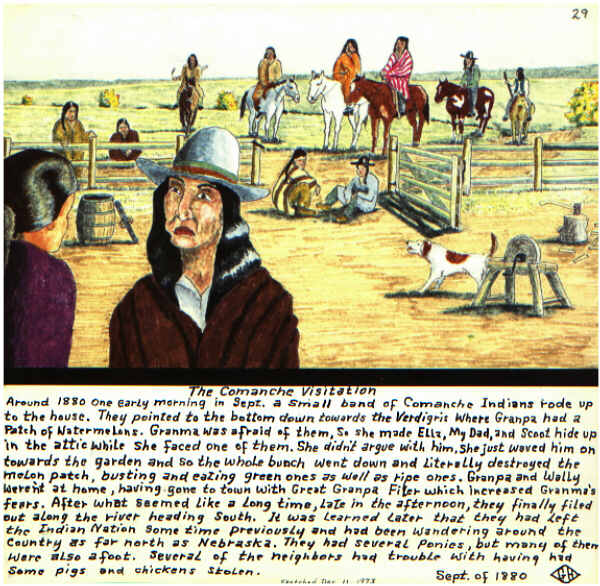

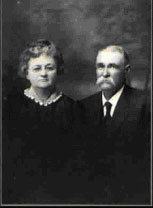 They had to use a
special three horse sod plow
to break up the prairie grass so as to plant corn. An ax was used to
cut into the sod, which the plow rolled over bottom up, in a long
ribbon. The kernels of corn seed were dropped into the cut and then the
cut was closed by a stroke with the back of the ax. The sod plow
cutting the grass roots sounded like tearing a piece of silk. The first
crop of corn on sod didn’t amount to much. Each succeeding year the
roots rotted and the soil grew better. And each year additional acres
of sod were turned over. There were 100 acres of good cultivated corn
land when we left the farm ten years later for California.
They had to use a
special three horse sod plow
to break up the prairie grass so as to plant corn. An ax was used to
cut into the sod, which the plow rolled over bottom up, in a long
ribbon. The kernels of corn seed were dropped into the cut and then the
cut was closed by a stroke with the back of the ax. The sod plow
cutting the grass roots sounded like tearing a piece of silk. The first
crop of corn on sod didn’t amount to much. Each succeeding year the
roots rotted and the soil grew better. And each year additional acres
of sod were turned over. There were 100 acres of good cultivated corn
land when we left the farm ten years later for California.
